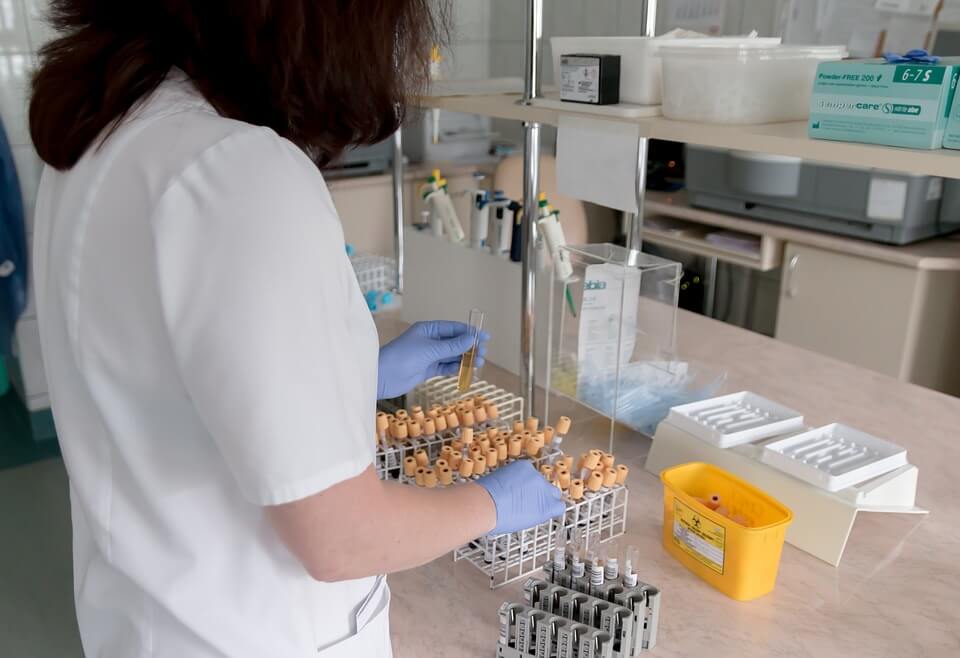Biotech
What you need to know about the bone marrow transplant market
In the year 2021, the global bone marrow transplant market is forecasted to go beyond the $13 million mark.

Bone marrow transplants are needed by those who have a damaged bone marrow due to disease, infection or chemotherapy. The medical procedure involves transplanting healthy blood stem cells into the bone marrow to promote growth and produce healthy ones.
The bone marrow is a significant part of our body since it produces the red blood cells, platelets, and white blood cells. It also contains hematopoietic stem cells that create new blood cells.
There are three types of cell transplants. First is the autologous transplant, where the stem cells come from the patient himself. The second is the allogeneic transplant, which means that a donor who is a relative or a complete stranger but is a perfect match for compatibility provides the stem cells. The last is the syngeneic transplant, where the donor is an identical twin.
Sickle cell anemia is on the rise
The Centers for Disease Control and Prevention (CDC) stated that in 2012, cancer has afflicted approximately 14.1 million people all over the world and killed 8.2 million. That number will only increase as time goes by. One of the reasons behind its surge is the frequency of sickle cell anemia.
According to Mayo Clinic, sickle cell anemia is a genetic condition where the patient has insufficient red blood cells to distribute oxygen to different parts of the body. Healthy, normal red blood cells can freely move around our body because they are round-shaped. In the case of sickle cell anemia, the red blood cells have been shaped like sickles (crescent moon), which is the reason why they get stuck and cannot freely move around.

The cases of sickle cell anemia are on the rise, which results in a rise in bone marrow transplants. (Source)
A patient with sickle cell anemia may experience frequent pains in the chest, abdomen, and joints. Sometimes, the pain lasts for months. Severe pains that last long are one of the indications that the patient needs to get hospitalized. Other symptoms include swelling of the hands and feet, recurring infections, delayed growth, and vision problems. When left untreated, complications of sickle cell anemia could lead to death.
Since this type of anemia is genetic or hereditary, it is not contagious and not transferable to others via exchange of body fluids.
The bone marrow market opportunity is large
A bone marrow transplant is the only hope for patients affected with sickle cell anemia. In England, the disease is one of the fastest rising common genetic disorder, per Oxford Academic. Meanwhile, in the U.S., 1.1 million people are getting affected by blood cancers annually. In 2014 alone, 156,000 new cases were reported. In 2016, the global malignant hematology market is worth an estimate of $24 billion.
Meanwhile, not all patients who need to undergo a bone marrow transplant can get the treatment. Among the 30,000 patients who need a transplant, only 20,000 are fortunate enough to get it done. The sad truth is that even if one gets a transplant, it does not guarantee a 100% recovery due to complications and infections.
The total market value of bone marrow transplants for North America and Europe is pegged at $8 billion to $9 billion. Two years ago, the number of bone marrow transplants reached 60,000. In the U.K., a person is diagnosed with blood cancer every 20 minutes. By 2021, the global bone transplant market growth is expected to reach and perhaps even surpass $13.33 million.
There are two main reasons why bone marrow transplants fail: the harshness of chemotherapy and lack of matching donors. The former is required in the conditioning phase of patients before undergoing bone marrow transplant.
There is a pressing need to replace chemotherapy because of its chemotherapeutic agents and radiation damage other vital organs of our body. It has adverse side effects too such as weakened immune system, hair loss, fertility problems, and high morbidity rate.
(Featured image via DepositPhotos)

-

 Africa1 week ago
Africa1 week agoMorocco Allocates 1.3 Billion Dirhams to Boost Startup Ecosystem Under Digital 2030 Strategy
-

 Crypto6 days ago
Crypto6 days agoAAVE Community Challenges Aave Labs Over Governance and Control
-

 Crypto2 weeks ago
Crypto2 weeks agoCrypto ETF Inflows Signal Renewed Market Confidence
-

 Crowdfunding2 days ago
Crowdfunding2 days agoDeep Learning Italia Launches €400K Crowdfunding to Bridge Italy’s Tech Skills Gap

























You must be logged in to post a comment Login